Optimal Timing for Water Treatments
Water treatments are essential for maintaining water quality and ensuring the safety of water supplies. Proper timing of treatments can optimize effectiveness, reduce costs, and prevent issues such as corrosion, scaling, and microbial growth. The optimal time for water treatments varies based on water source, usage patterns, and seasonal changes, making it important to understand specific conditions and requirements.
Spring and fall are common times for water treatments due to temperature fluctuations and water usage changes. These periods allow for adjustments before peak demand seasons.
Scheduling treatments before issues like scaling or microbial buildup occurs helps maintain water system efficiency and longevity.
Treatments should be timed around changes in water source quality, such as after heavy rainfall or drought periods, to address potential contaminants.
Certain treatments must be performed at specific intervals to meet health and safety standards set by local authorities.

Advanced systems used for filtration, disinfection, and pH adjustment.

Precise application of chemicals for optimal water quality.

Regular analysis to determine treatment needs and effectiveness.

Ways to make Water Treatments work in tight or awkward layouts.

Popular materials for Water Treatments and why they hold up over time.

Simple add-ons that improve Water Treatments without blowing the budget.
| Timing Aspect | Details |
|---|---|
| Seasonal Changes | Adjust treatments before seasonal water demand peaks. |
| Water Source Variability | Treat after heavy rainfall or drought to address contaminants. |
| Regulatory Deadlines | Perform treatments in accordance with local health standards. |
| System Maintenance | Schedule during low usage periods for minimal disruption. |
| Water Quality Fluctuations | Treat when water tests indicate increased impurity levels. |
| Infrastructure Upgrades | Coordinate with maintenance schedules for optimal results. |
| Microbial Control | Apply disinfectants periodically to prevent microbial growth. |
Water treatments play a vital role in ensuring safe and clean water supplies. They involve processes such as filtration, disinfection, and chemical adjustments to remove contaminants and improve water quality. Proper timing of these treatments enhances their effectiveness, reduces operational costs, and helps maintain infrastructure integrity. Regular testing and monitoring are essential to determine the right moments for treatment and to adapt to changing water conditions.

Utilize various filters to remove particles and impurities.
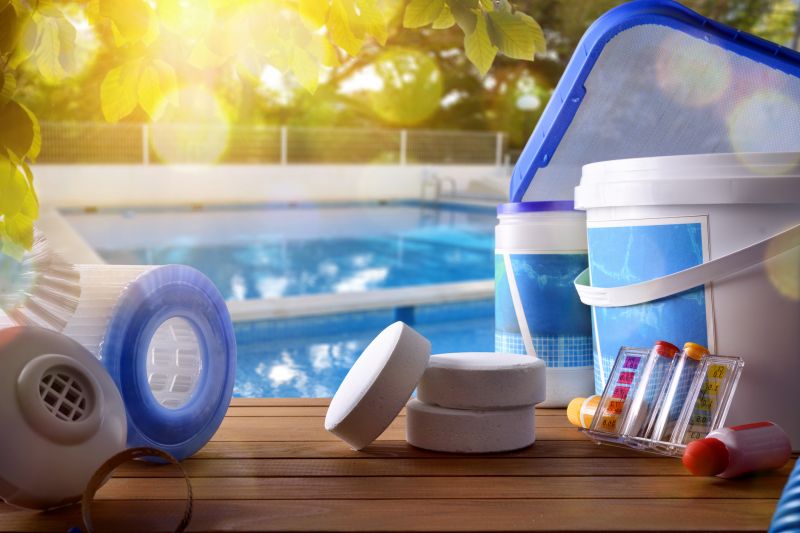
Use chlorine, UV, or ozone to eliminate pathogens.

Adjust pH and add necessary chemicals for water stability.
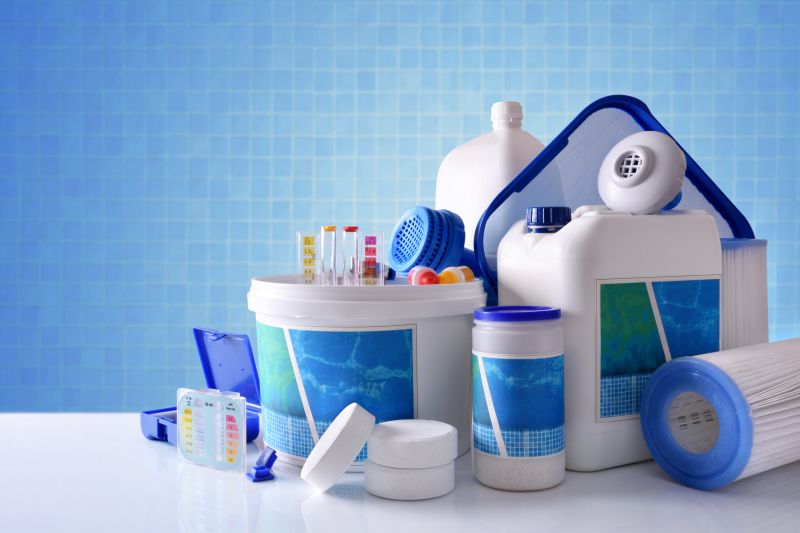
Conduct comprehensive analysis to guide treatment timing.

High-end options that actually feel worth it for Water Treatments.
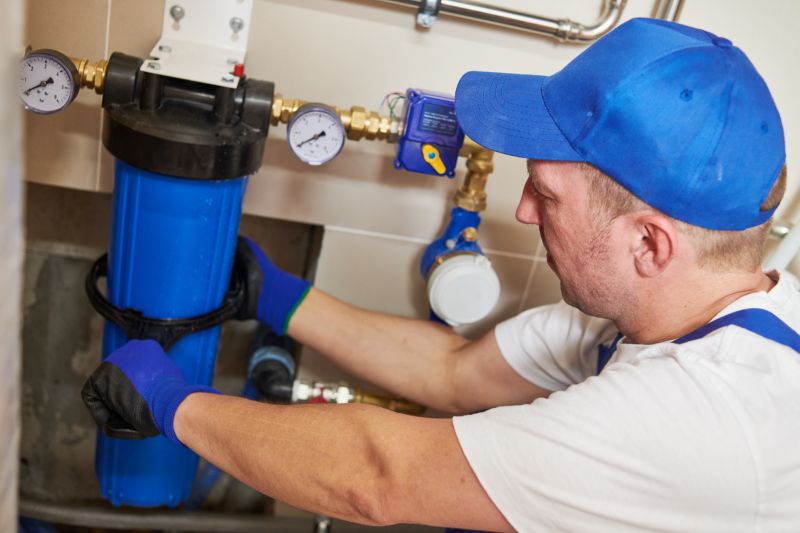
Finishes and colors that play nicely with Water Treatments.
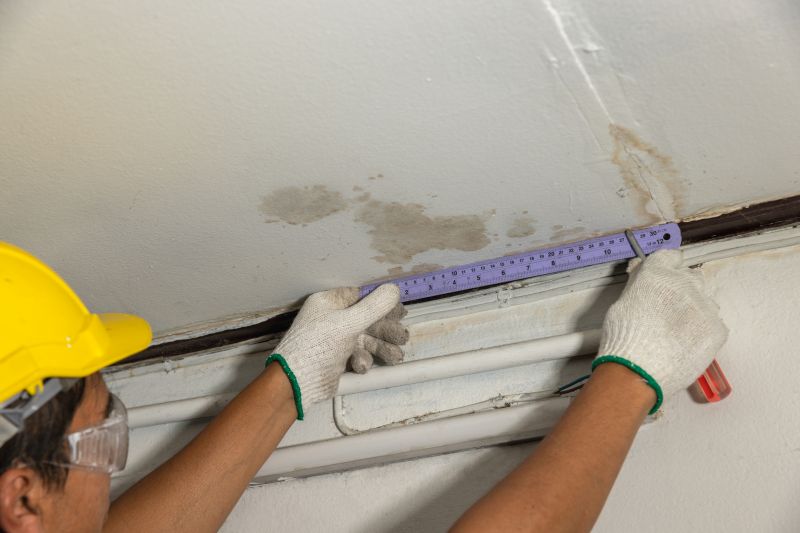
Little measurements that prevent headaches on Water Treatments day.
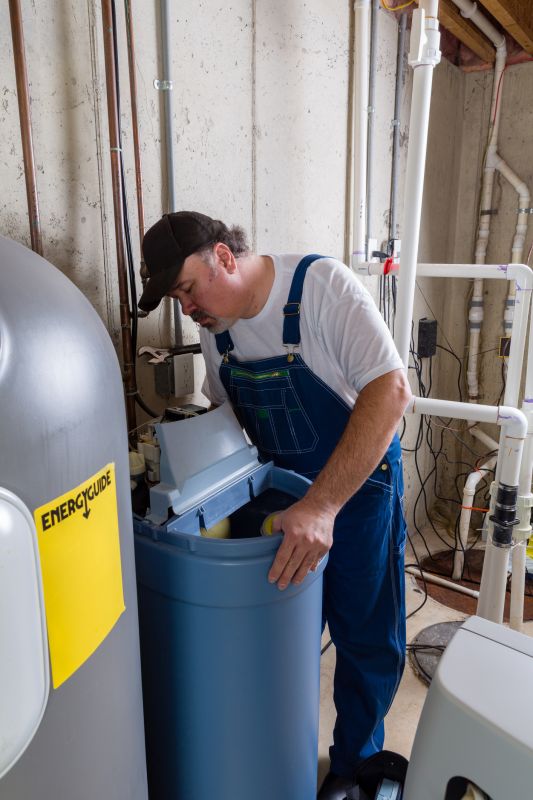
A 60-second routine that keeps Water Treatments looking new.
Understanding the optimal timing for water treatments helps in maintaining high water quality standards. It ensures that treatment processes are effective, cost-efficient, and compliant with health regulations. Regular assessments and adjustments based on water quality data support the longevity of water infrastructure and the safety of water supplies for all users.
Interested in scheduling water treatments or learning more about the best timing for your water system? Filling out the contact form can provide tailored recommendations and support for your specific needs in Santa Clarita, CA.
